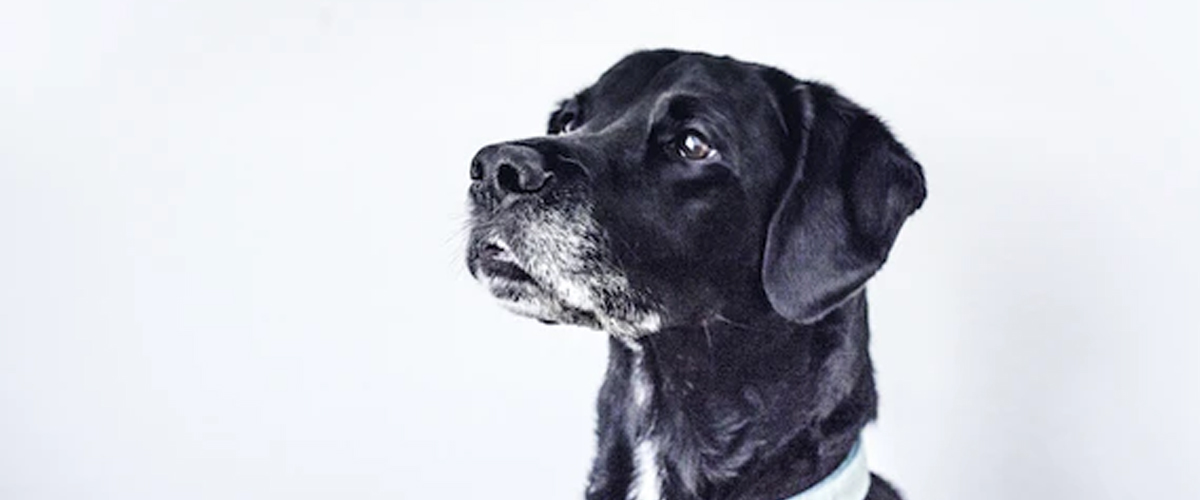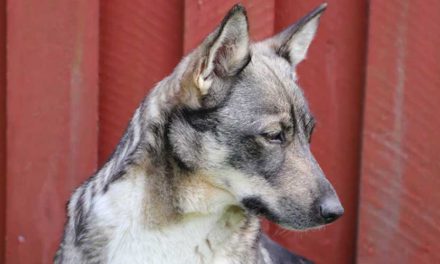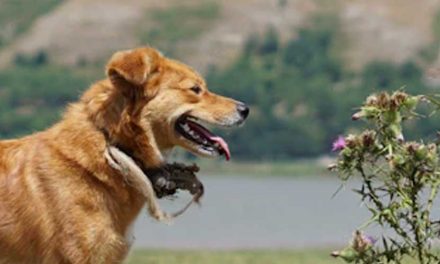When it comes to handling a dog, especially lifting an adult one, there are certain techniques and precautions that should be taken into consideration to ensure the welfare of both you and your furry friend.
Improper lifting technique can lead to strain and injury for the handler and discomfort or fear for the dog.
LIFTING, HOLDING AND HANDLING YOUR DOG
The first step is to make sure your dog is comfortable with being handled.
Spend time petting and handling your dog regularly, ensuring they are comfortable with touch.
This helps build trust and makes lifting them a less stressful experience.
Before attempting to lift your dog, it’s important to assess their size and weight.
SMALL TO MEDIUM DOGS
For small to medium-sized dogs, stand with your feet shoulder-width apart to give yourself a stable base.
Bend at the knees, keeping your back straight to avoid strain.
Place one hand under the chest, behind the front legs, and the other hand supporting the hindquarters.
Carefully lift the dog to your chest.
LARGE DOGS
For larger dogs, you should never attempt to lift them off the ground completely.
Instead, assist them in getting into vehicles or onto elevated surfaces by providing support under their hindquarters and chest.
If your dog is very large or overweight, consider using a lifting harness or seek help from another person to ensure the dog’s welfare and prevent injuries to yourself.
WHEN HOLDING YOUR DOG
When holding your dog, ensure they feel secure and supported.
Their legs should be free to hang down naturally, not dangling or pinned awkwardly.
Avoid holding them too tightly as this can cause fear or discomfort.
GENTLY DOES IT
Remember to always communicate with your dog throughout the process.
Use a calm and soothing voice, giving them praise and reassurance.
This will help them associate being lifted with a positive experience, reducing potential fear or anxiety.
LOWERING YOUR DOG
Finally, when it’s time to set your dog back down, gently lower them to the ground, ensuring all four paws are securely on the ground before letting go.
This prevents jarring impacts that could harm their joints.
CONCLUSION
All these steps contribute significantly to proper handling of a dog, ensuring that lifting does not become a traumatic or painful experience for your dog, and doesn’t cause injury to yourself.
By being mindful of your dog’s comfort and welfare, and ensuring proper lifting and holding technique, you can ensure a safe and enjoyable interaction for both you and your dog.








